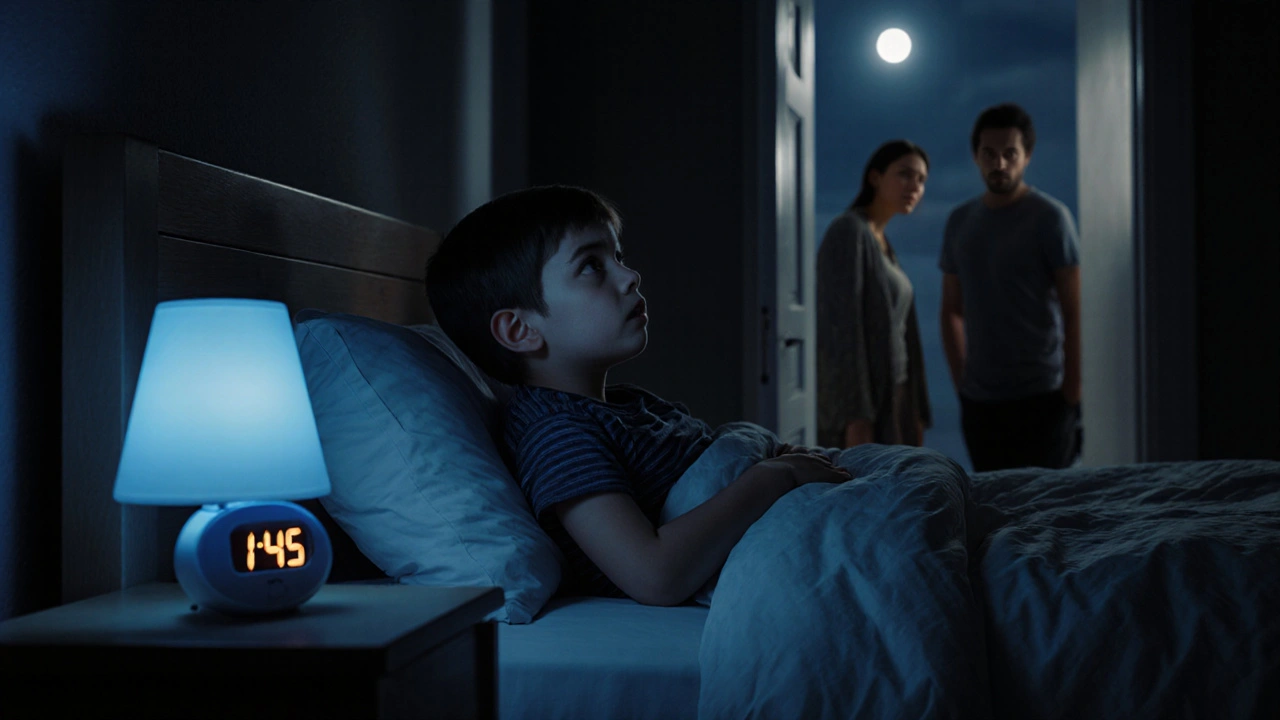Light Therapy for Kids – A Practical Overview
When working with light therapy for kids, a safe, wavelength‑based treatment that helps improve mood, regulate sleep cycles, and address certain skin conditions in children. Also known as pediatric phototherapy, it works by delivering controlled bright‑light exposure to trigger biochemical pathways in the body. Light therapy for kids is often recommended when a child shows signs of seasonal affective disorder, chronic low‑energy, or disrupted melatonin production. This approach is rooted in the fact that light influences the pineal gland, which in turn releases melatonin – the hormone that tells our bodies when to sleep.
Key Considerations When Using Light Therapy for Children
One of the most common bridges between bright‑light exposure and health is Vitamin D, a nutrient whose synthesis in the skin rises with sun‑like light and supports mood and bone health. Kids with low vitamin D often report fatigue and irritability, so proper light sessions can boost natural production and ease those symptoms. Another related condition is Seasonal Affective Disorder (SAD), a mood swing that follows the seasonal reduction in daylight, especially common in adolescents. Light therapy serves as a first‑line, non‑drug strategy for SAD, delivering the bright‑white light that mimics summer sunshine and resets the internal clock. When choosing a device, look for a 10,000‑lux output, adjustable angles, and a timer that lets you set 20‑ to 30‑minute sessions each morning. Safety matters: keep the device at a comfortable distance (about 2 feet), avoid staring directly at the light, and monitor skin reactions, especially for kids with photosensitive skin disorders. Finally, consider the role of Melatonin, the hormone that regulates sleep‑wake cycles and is suppressed by bright light in the morning. Pairing morning light therapy with an evening melatonin supplement (under pediatric guidance) can create a powerful rhythm that improves both daytime alertness and nighttime sleep quality.
These insights show that light therapy for kids isn’t just a gimmick; it intertwines with vitamin D synthesis, helps manage SAD, and works hand‑in‑hand with melatonin regulation to support overall well‑being. Below you’ll find a curated list of articles that dive deeper into each of these angles, from dosage recommendations to real‑world experiences, giving you everything you need to decide whether bright‑light treatment fits your child’s health plan.

Delayed Sleep Phase Syndrome in Kids: Signs, Symptoms & Treatment Options
Learn to spot Delayed Sleep Phase Syndrome in children, recognize its symptoms, and explore effective treatments like melatonin, light therapy, and behavioral strategies.
